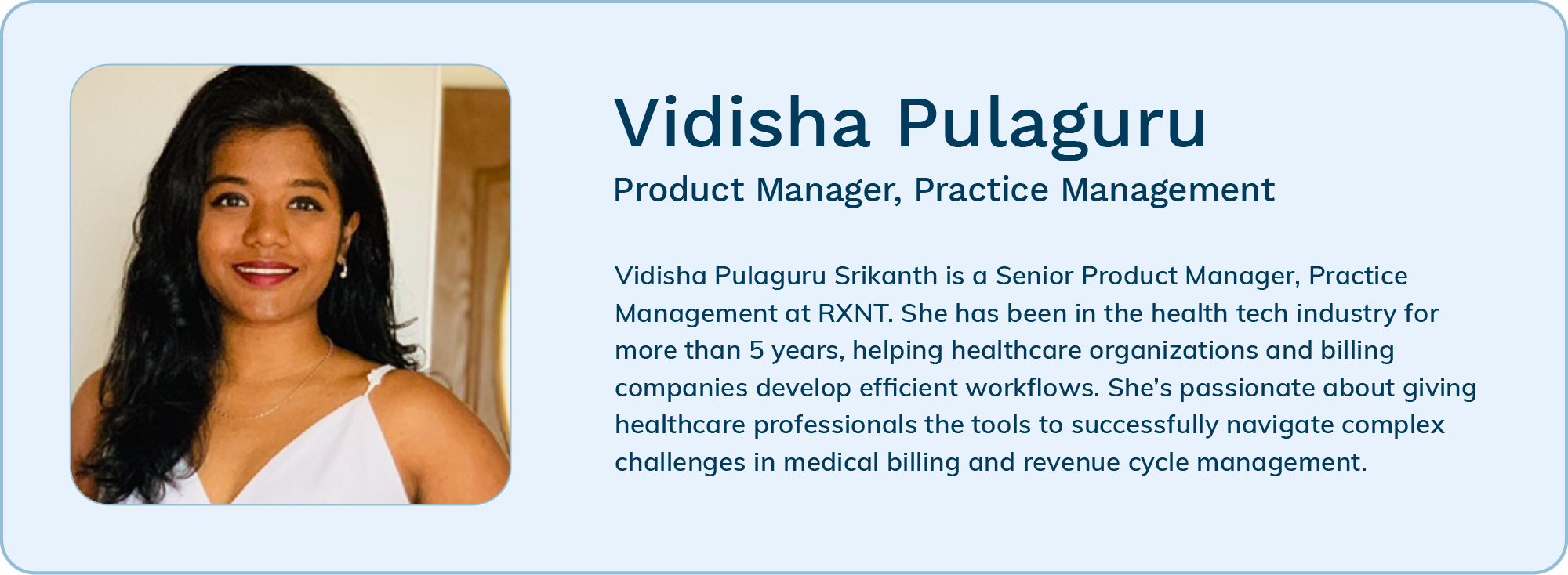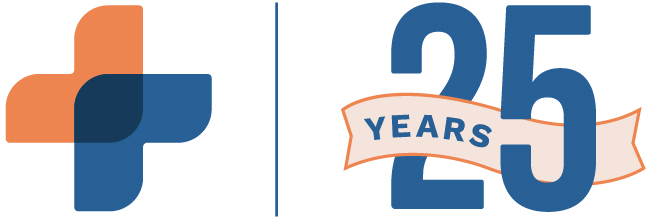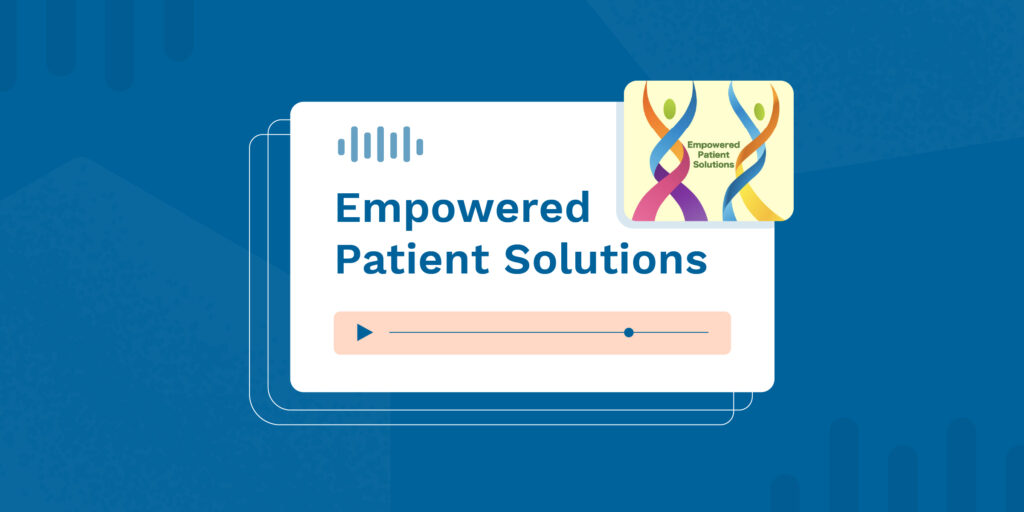The success of your transition to new software depends on careful planning and execution, especially considering the critical role RCM platforms play in the patient experience. Below, we’ll discuss some essential tips to ensure a smooth transition and successful implementation.
Deciding to implement a new Revenue Cycle Management (RCM) and medical billing software is a significant move for any healthcare organization — even more so when it’s your own. While most billing software promises to increase efficiency, improve financial outcomes, and streamline operations, it’s not guaranteed.
The success of your transition to new software depends on careful planning and execution, especially considering the critical role RCM platforms play in the patient experience. Below, we’ll discuss some essential tips to ensure a smooth transition and successful implementation.
Understand Your Tech Needs and Limitations
Before integrating your new RCM platform into your existing technology stack, you need to thoroughly understand the solution’s capabilities and specifications, including the following:
- Features: Know what processes the software can do, from billing to reporting.
- System requirements: Examine the hardware, software, and network requirements and ensure they’re compatible with your technology stack. This provides optimal performance.
- Compliance and security: Understand how the software complies with various healthcare regulations, such as HIPAA.
- Scalability: Be sure the software can grow with your practice.
Because there’s so much to understand about a new platform or solution, you may want to consider having an internal expert who serves as a point person for the new system. This individual should receive comprehensive training from the vendor to thoroughly understand the detailed workings of the software. After training, this person should be the go-to resource for troubleshooting and training for other staff members. This ensures your organization can easily handle issues and maximizes the software’s potential.
Make a Training and Implementation Plan
According to the National Library of Medicine, many RCM implementation plans fail due to “unclear vision, lack of accountability, staff resistance, [and] process redesign.” A clear implementation plan coupled with a detailed training plan can help overcome these challenges. Be sure your implementation plan includes a realistic timeline and the right resources for each task.
With an effective training plan, your staff can clearly understand the purpose of the new software and how they’ll use it. This can help to overcome initial resistance to the new technology and increase the chance for successful implementation.
Understand Integrations with Other Systems
To minimize disruptions to your current processes—and the patient experience—it’s critical to understand how your new RCM software interacts with your existing systems. Look at the compatibility of the software with your Electronic Health Records (EHR), practice management systems, and accounting software. This will help determine if you need additional interfaces or APIs to ensure data can flow seamlessly between your new medical billing software and your existing platforms. You may need to work with your new and existing software vendors for a smooth integration. Taking the time to understand integration points and planning for new interactions can help you avoid data silos and ensure your systems are working harmoniously.
Data Migration and Setup
Migrating data from your old system to the new is an important step, as you don’t want to lose any of your critical data. Ensuring all data is transferred accurately and completely involves conducting a thorough data audit, creating a migration strategy, and testing your migration to direct its success.
Once data migration is complete, make sure it’s set up correctly in your new system. To test this, do the following:
- Verify all data has been transferred correctly and is accessible to the appropriate stakeholders.
- Set up the new system according to your team’s or organization’s workflows and requirements.
- Train staff on accessing and using the transferred data in the new system.
Build Relationships with Your Key Contacts
Remember, individuals on your team—both at the C-suite level and entry-level—may be hesitant to embrace new technology. One study found that 59% of senior leaders are slow to embrace technology compared to 48% of entry-level workers. Building strong relationships with key members of your new software partner can help to overcome that hesitancy and increase successful adoption. Focus on the following individuals:
- Account managers: Establish a direct line of communication with your account managers so that issues and updates are handled quickly.
- Technical support: Create relationships with technical support staff for troubleshooting and system optimization.
- Trainers: Keep in touch with training and onboarding staff at your new vendor so that you can circle back to them with follow-ups and questions.
Enhancing these relationships can increase your ability to get help fast and ensure the software meets your evolving needs.
Test Thoroughly and Adjust as Needed
Even after you’ve completed your RCM migration, you need to test your new system continuously. Ensure that all features work as expected, all data has been migrated and is usable, and it can complete your workflows. Based on your testing results, make any necessary adjustments as quickly as possible to avoid downtime and train your staff more effectively.
You’ll also want to make sure your insurance setup is complete to avoid errors when you start submitting claims. For example, consider submitting test claims to payers to make sure the process works smoothly and fix errors as needed.
The Importance of Effective RCM Data Tracking
One thing to remember about migrating to new RCM and medical billing software—your job isn’t done when the migration is complete. It’s critical you learn how to track your RCM data effectively. Properly monitoring and analyzing your RCM data provides valuable insights into the efficiency of your billing processes, highlights areas for improvement, and ensures timely, accurate claim submissions.
To help you achieve these benefits, there’s RXNT Advanced Reporting. RXNT provides dynamic reporting insights on revenue, aging, demographics, encounters, patient issues, and so much more. This helps you improve your financial performance and the patient experience by reducing billing errors and streamlining errors with insurance providers.
Ready to learn more about RXNT? Contact us today!






